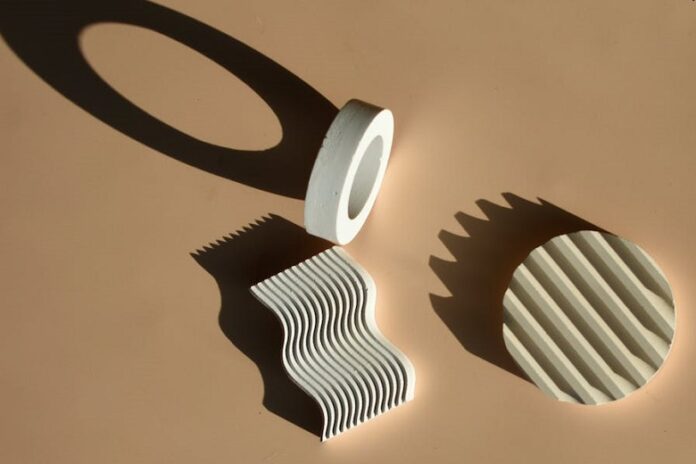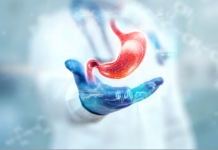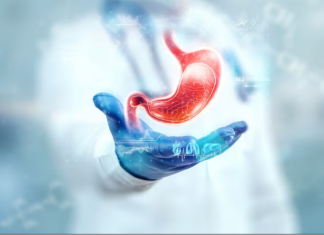There are different techniques that manufacturers use to produce plastic parts. Out of the many methods, injection molding is the most versatile. Most manufacturers prefer injection molding due to its multiple advantages over other processes. Not only is the process fast and more straightforward, but also efficient and reliable. Injection moulding features make it suitable to produce high-volume products while still cutting costs.
Below, we examine other advantages of plastic injection molding.
Reduced cost of labor
Table of Contents
Most of the processes involved in plastic injection molding are automated – performed by machines and robotics. One operator can manage the entire process, which reduces staffing. Automation is faster and reduces manufacturing costs, beneficial for the manufacturer and the customer. Besides its cost-effectiveness, automation uses computer-aided design techniques which are more precise and produce accurate injection molds.
Fast production
One of the significant advantages of using plastic injection molding is its high efficiency. Once the manufacturer designs the mold to meet a client’s specifications, the process is faster compared to other methods. Due to the increased production output rate, the process saves time and money. The speed at which a product is produced depends on the complexity and size of the mold. Usually, cycle time ranges between 15-120 seconds, making it efficient.
Since the cycle times are short, more items can be produced in a short span, increasing profit margins. However, injection molding supports large volume production, and therefore, the design should be accurate to avoid costly production mistakes. Using a poorly developed design to produce high-volume products is an error you want to avoid.
Strength
The flexibility and rigidity of plastic parts vary depending on their use. While determining a plastic mold injection design, strength is one of the essential variables manufacturers consider. Today, lightweight thermoplastics are strong enough to withstand the harshest environments. Thanks to plastic injection molding, operators can use fillers in the injection mold to reduce density and enhance strength to a part.
A field that requires substantial and durable plastic parts may benefit from injection molding since that is impossible with other molding processes. When determining the strength of a plastic part, manufacturers consider the product’s function. Another significant element that defines the sturdiness of a piece is the material. Thanks to co-injection, operators can add other resins to strengthen plastic parts.
Detailed part design
Injection molding uses heat and high pressure to develop detailed parts. Since the mold is subjected to intense pressure, it presses harder on the mold cavity than other processes. Therefore, it is possible to create complex parts and produce them in large volumes. However, the design should be accurate and tested before manufacturing the final product for the best results.
The right design allows for the production of quality and functional products. Lack of a good design can result in costly processing mistakes. Examples of fundamental molding design elements that determine the outcome of the final product include corner transitions, wall thickness, weld lines, and rib design.
Flexibility
Injection molding supports the use of different plastics simultaneously. When producing products, you don’t want to have restrictions on what materials you can use. Due to advances in polymers over the years, manufacturers can choose from a large selection of resins.
However, it would be best to consider water absorption, heat deflection, tensile strength, and impact stability while selecting a resin. Choosing the suitable resin may be challenging, but an experienced manufacturer can make that easier.
Other than flexibility in terms of material, injection molding allows manufacturers to color plastics using different techniques. Color is an essential element that reflects a brand and communicates to the target audience. The wrong color choice for your product may be the detriment of your venture. There are different coloring systems that injection molding supports, and each has its benefits and drawbacks. Examples include compounding, solvent coloring, masterbatching and dry pigment mixing.
While other processes such as compression molding produce plastic parts, they may not offer the same benefits as injection molding. For example, the final products of injection molding do not require any post-production work since they have a finished appearance after ejecting from the injection molds. Injection molding does not pollute the environment since it generates little waste, which is either reused or re-grounded.











